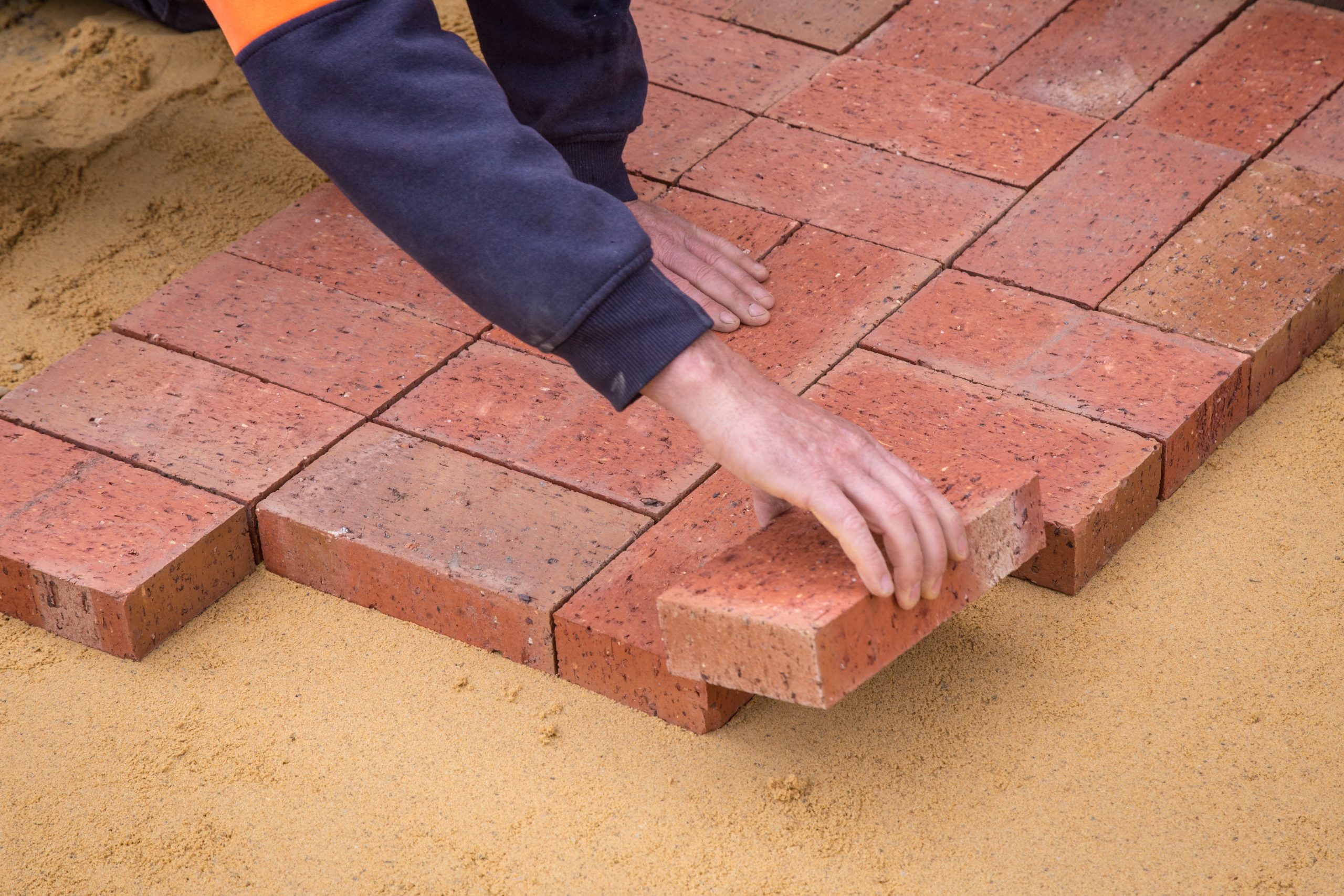Foundations are one of the most important aspects of your home’s exterior. If you want your home to look its best, you need a solid foundation. A bad foundation can lead to a home that isn’t as strong as it could be, which can lead to foundation problems in the future. A good foundation can help your home last for many years to come, just ask any foundation repair expert. In order to have a solid foundation, you need to have a solid understanding of how to identify and prevent foundation damage. Keep reading to learn more about the five best ways to identify and prevent foundation damage.
Check for Settlement
Settlement is the process by which your foundation settles into the ground. Each component of your home, from the roof down to the foundation, has to be level to ensure that there are no bumps or dips in the structure that might lead to damage over time.
If your foundation is settled, you might not be able to tell just by looking at it. However, you can check to see if there are any visible signs. If a sagging porch, loose shingles, or a lean-to are the only signs of settlement you notice, there may not be a problem. But if these signs are paired with sunken windows or doors, cracked foundation walls, or visible cracks in the concrete or masonry, your foundation could be suffering from the settlement.
Check for Slope
Another way to identify and prevent foundation damage is by checking for slope. Your home’s slope, if it is off-level, can lead to foundation problems. If the slope is too great, water that makes its way into your home could damage your foundation. A slope that’s too steep can direct water towards your foundation and away from the house, while a slope that’s too shallow can allow water to seep under the foundation and into your home.
To determine if your home has a slope, dig a hole and line it with plastic. Push a level into the ground at the bottom of the hole and walk around the perimeter of your house to make sure there aren’t any dips or bumps in the ground.
Look for Dampness and Deterioration
Another way to identify and prevent foundation damage is by looking for dampness and deterioration. If you notice that there is moisture seeping through the walls, ceiling, or floors of your home, you should take precautions to protect your foundation. This area of your home is susceptible to rot and mold, which can damage your foundation.
If you notice any condensation or moisture on the walls, ceiling, or floors of your home, you should take precautions to protect your foundation. This area of your home is susceptible to rot and mold, which can damage your foundation.
Check for Movement
If your foundation is settling, shifting, or experiencing other types of movement, you should also look into fixing the problem. There are several reasons why a foundation might be moving. If
your home has settled around an old foundation, you should address the problem before it’s too late. Other possible causes of foundation movement include poorly constructed retaining walls, loose or uneven footings, or poorly installed pilings.
If you think your foundation is experiencing movement, you should get it checked out by a professional. A professional can use a variety of tools to check for movement, such as sonar equipment, and provide you with an accurate assessment of the source of the movement.
Identify Potential Problem Areas
The best way to prevent foundation damage is to identify potential problem areas. This is the opposite of what you should do if you suspect foundation damage has already occurred. If you want to fix a problem before it occurs, you need to check your home for potential problem areas.
A potential problem area could be an area of your home where water has made its way in. Water damage is one of the most common types of foundation damage. It can occur due to a variety of causes, including a leaky roof, broken water pipe, or a broken water main.
Another potential problem area could be an area of your home that is experiencing too much weight. If you have a second floor in your home, you should make sure there isn’t any load-bearing furniture or appliances in that area. A second floor with no load-bearing furniture is at risk of sinking.
Conclusion
In order to protect your foundation from damage, you need to have a solid understanding of how to identify and prevent foundation damage. The good news is that with a little bit of research and testing, you can identify and prevent foundation damage before it occurs.
By identifying potential problem areas, you can take steps to prevent them from causing damage. A good foundation will help your home last for many years to come.


